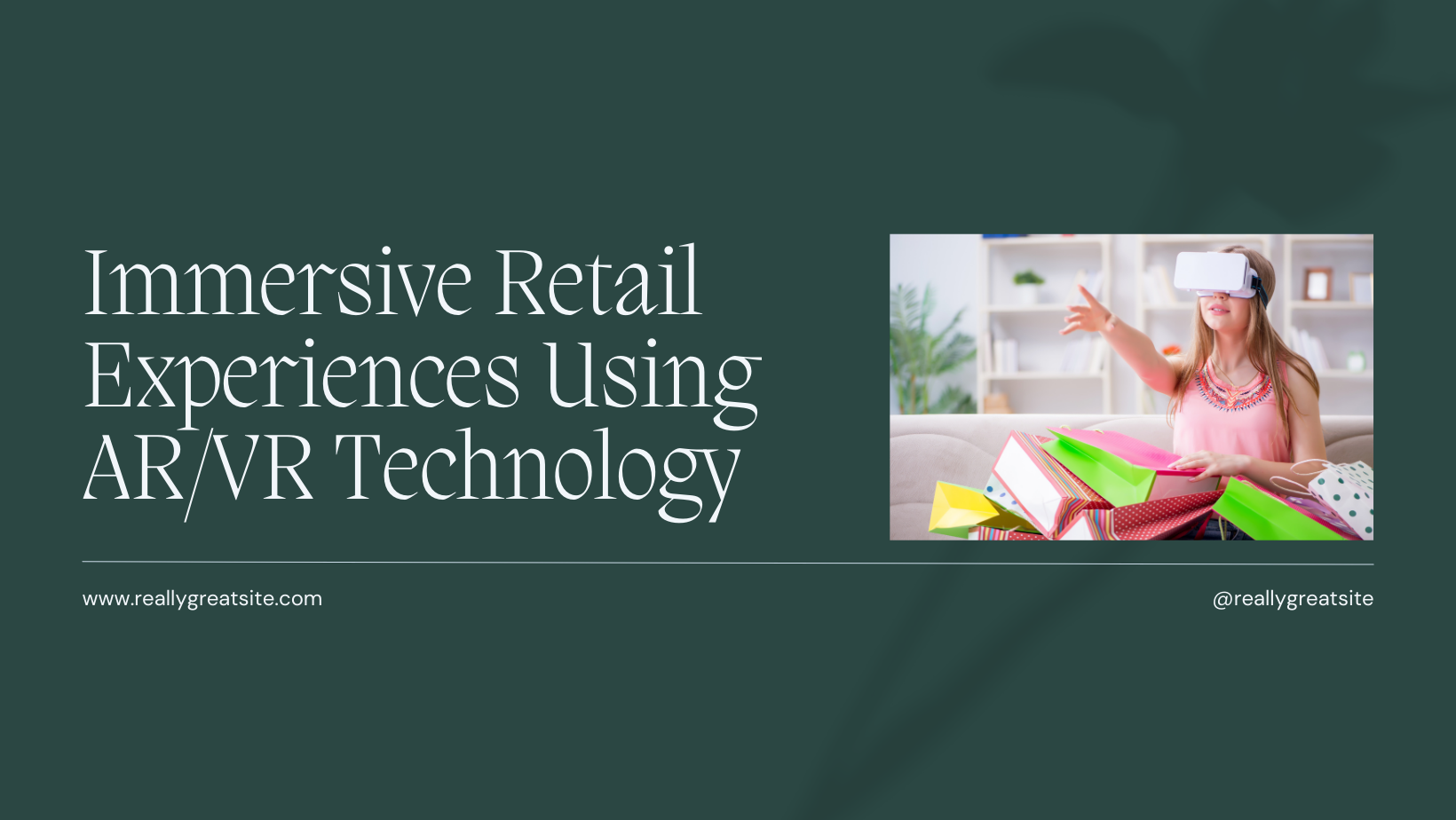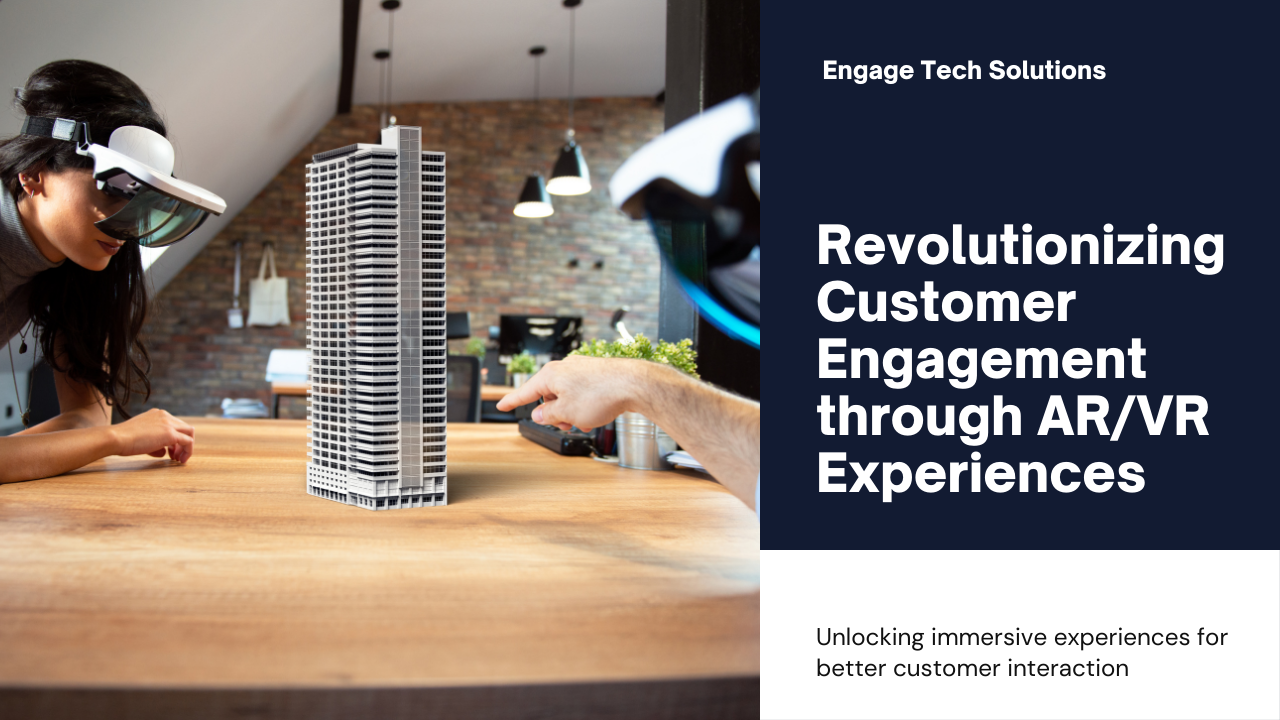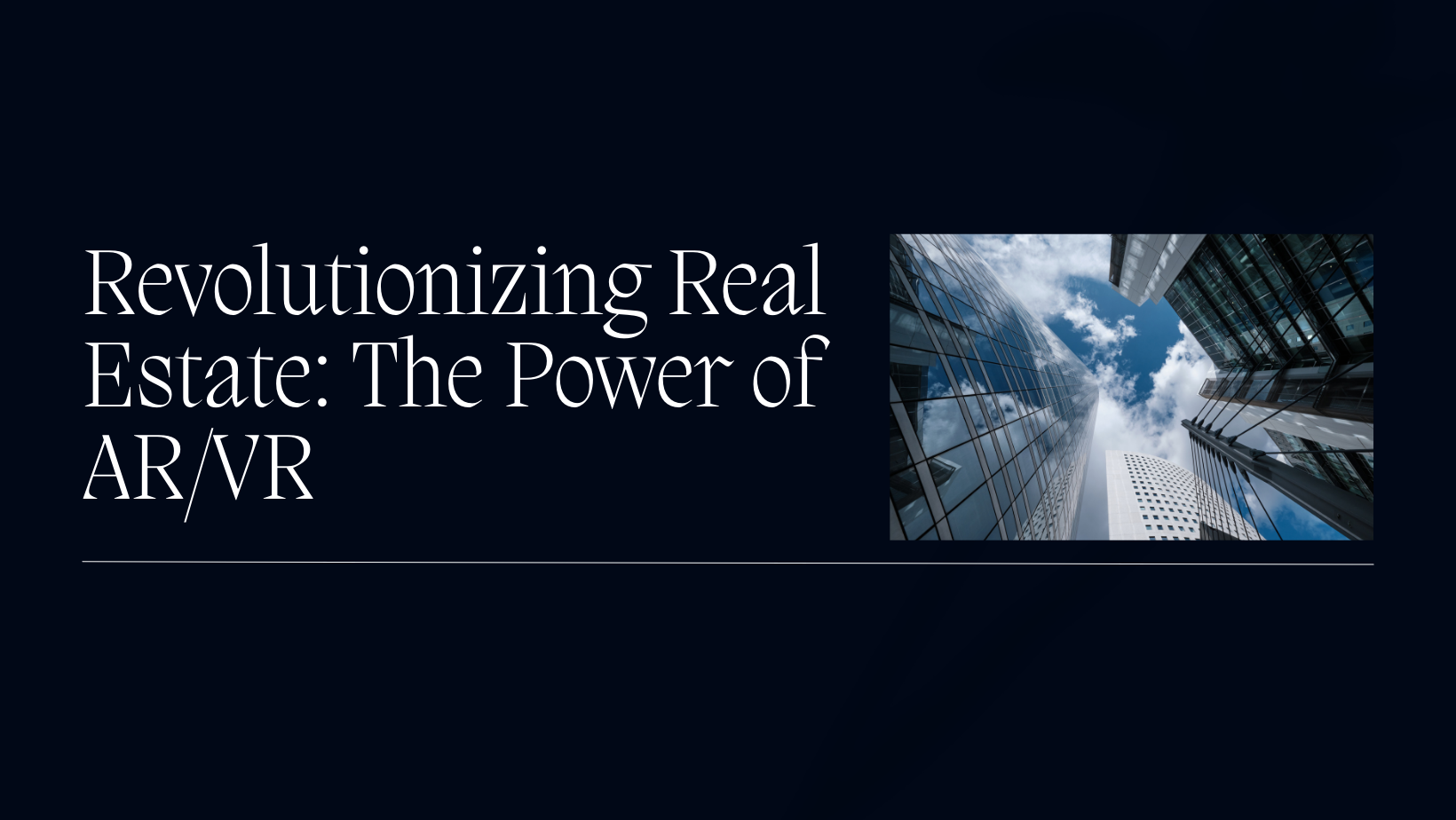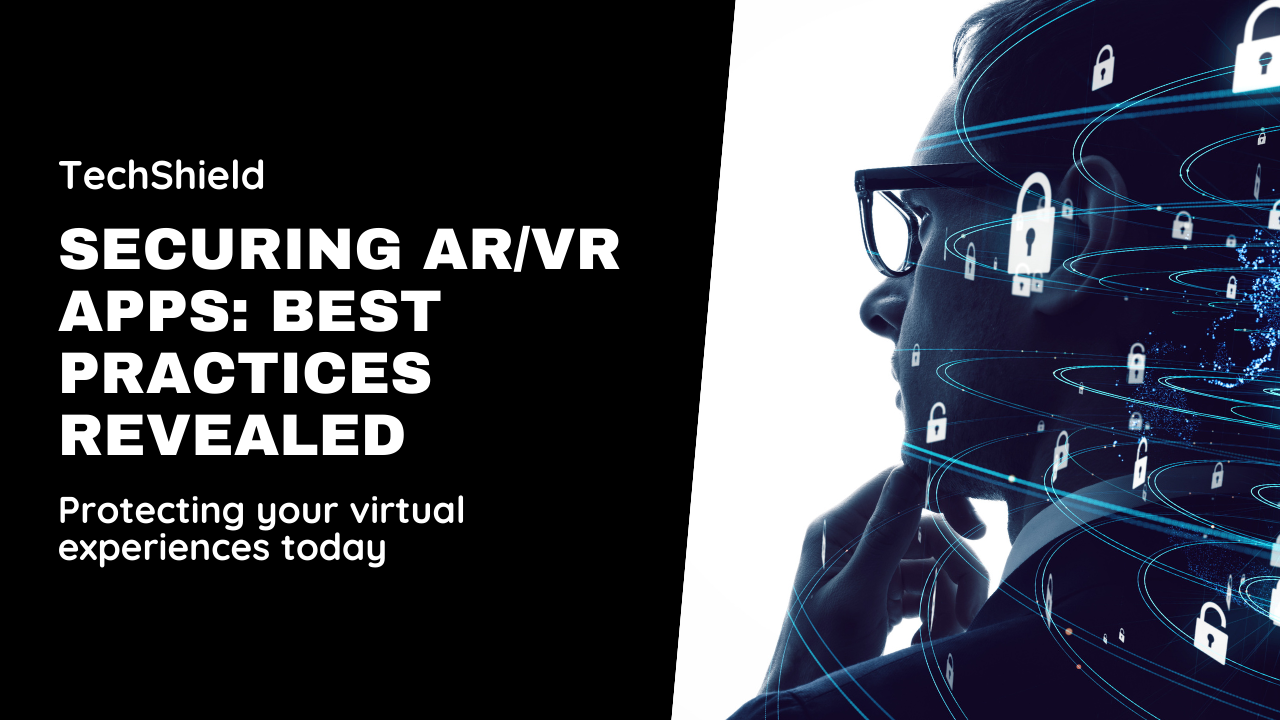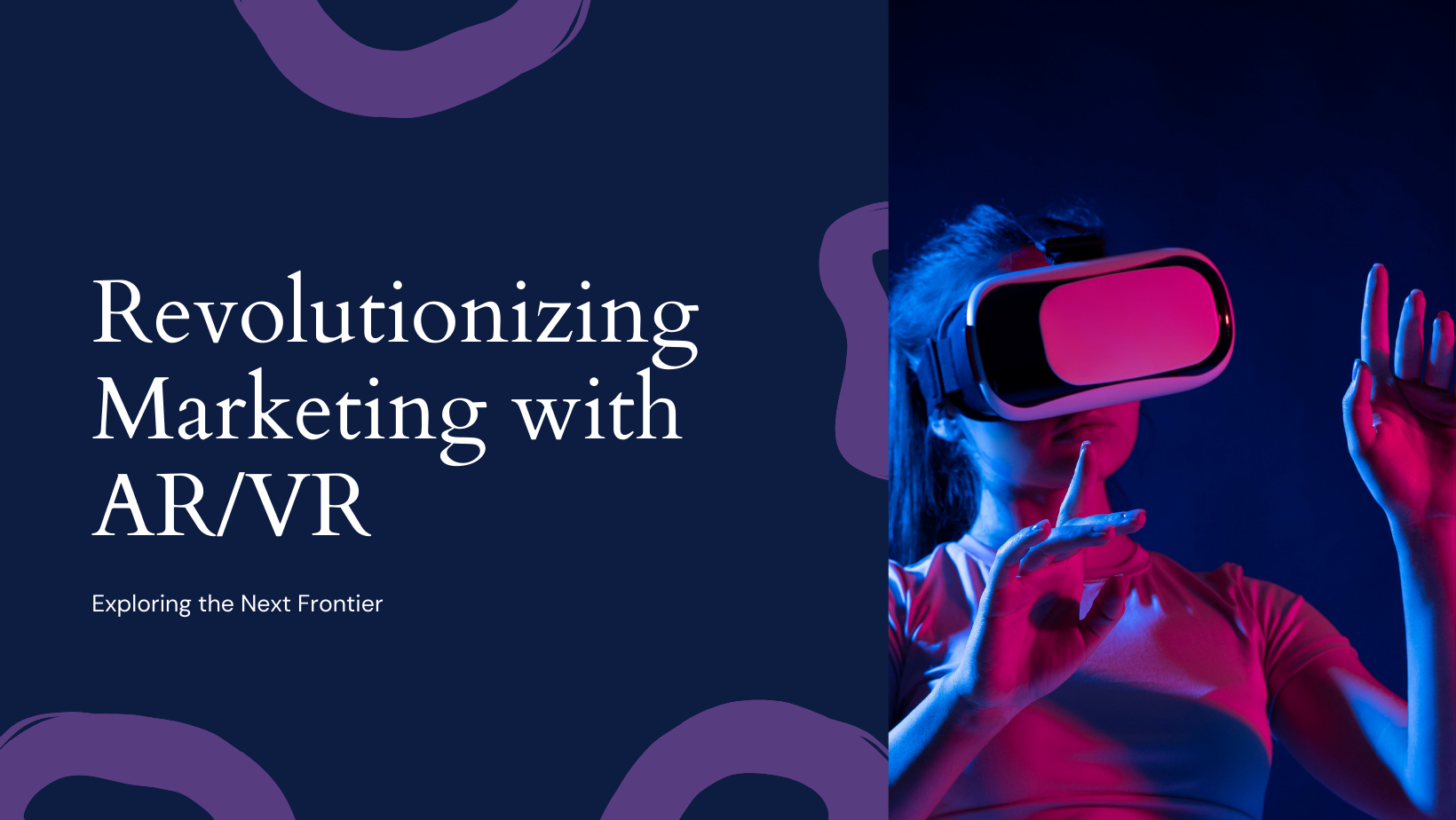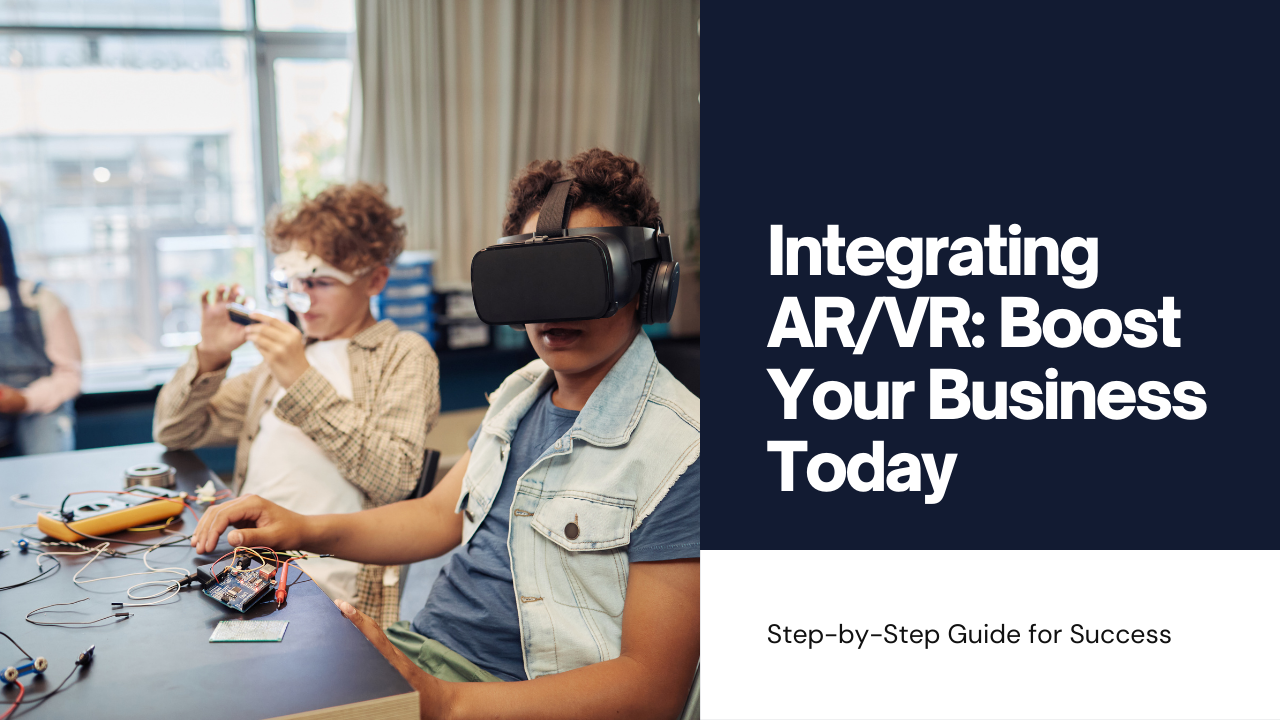Augmented Reality (AR) and Virtual Reality (VR) technologies are revolutionizing the retail industry, offering immersive and interactive experiences that enhance customer engagement and drive sales. Retailers are increasingly adopting these technologies to create unique shopping experiences, from virtual try-ons to interactive store displays. In this blog, we will delve into the steps required to develop AR/VR for retail, the benefits these technologies offer, and how Sodio Technologies can help retailers leverage AR/VR to stay ahead of the competition.
Understanding AR/VR in Retail
What is Augmented Reality (AR)?
Augmented Reality overlays digital information onto the real world, enhancing the user’s perception of their environment. In retail, AR can be used to display product information, virtual try-ons, and interactive advertisements.
What is Virtual Reality (VR)?
Virtual Reality immerses users in a fully digital environment, often requiring a VR headset. In retail, VR can create virtual stores, immersive product experiences, and interactive brand environments.
Benefits of AR/VR in Retail
Enhanced Customer Experience
AR/VR technologies offer immersive and personalized shopping experiences. Customers can virtually try on clothes, preview furniture in their homes, and explore products in a highly interactive manner, leading to increased satisfaction and engagement.
Increased Sales and Conversions
By providing detailed and engaging product experiences, AR/VR can help customers make informed purchasing decisions, reducing the likelihood of returns and increasing conversion rates. Virtual try-ons and product visualizations can also boost customer confidence in their purchases.
Differentiation and Brand Loyalty
Retailers who adopt AR/VR can differentiate themselves from competitors and create memorable brand experiences. Innovative AR/VR applications can foster brand loyalty by offering unique and enjoyable shopping experiences.
Data Collection and Insights
AR/VR technologies can collect valuable data on customer interactions, preferences, and behaviors. Retailers can use this data to optimize their marketing strategies, personalize customer experiences, and improve product offerings.
Steps to Develop AR/VR for Retail
1. Define Your Objectives
Before embarking on AR/VR development, it’s crucial to define your objectives. Determine what you want to achieve with AR/VR in your retail strategy. Are you aiming to enhance customer experience, increase sales, or improve brand engagement? Clear objectives will guide the development process and ensure your AR/VR solution aligns with your business goals.
2. Identify Use Cases
Identify specific use cases for AR/VR in your retail business. Common use cases include:
- Virtual Try-Ons: Allow customers to try on clothes, accessories, or makeup virtually.
- Product Visualization: Enable customers to visualize furniture, home decor, or other products in their own space.
- Interactive Store Displays: Create AR-enhanced displays that provide product information and interactive experiences.
- Virtual Stores: Develop VR environments where customers can explore and shop from anywhere.
3. Choose the Right Technology
Selecting the appropriate AR/VR technology is critical. Consider the following options:
- AR Technology: AR apps can be developed for smartphones and tablets using platforms like ARKit (iOS) and ARCore (Android). These platforms provide tools for creating AR experiences that leverage device cameras and sensors.
- VR Technology: VR experiences typically require headsets like Oculus Rift, HTC Vive, or Google Cardboard. Choose a VR platform based on your target audience and the level of immersion you want to achieve.
4. Partner with AR/VR Experts
Collaborating with experienced AR/VR developers is essential for creating high-quality and effective solutions. Partner with a technology company like Sodio Technologies, which specializes in AR/VR development for retail. Expert developers can provide valuable insights, technical expertise, and innovative solutions tailored to your needs.
5. Develop Engaging Content
The success of AR/VR in retail depends on the quality of the content. Create engaging and realistic 3D models, animations, and interactive elements that provide a compelling user experience. High-quality content will enhance the realism and effectiveness of your AR/VR application.
6. Test and Iterate
Thorough testing is crucial to ensure your AR/VR solution works seamlessly. Conduct usability testing with real users to identify any issues or areas for improvement. Iterate on the feedback received and refine the application to provide a smooth and enjoyable experience.
7. Launch and Promote
Once your AR/VR solution is ready, plan a strategic launch and promotion campaign. Leverage social media, email marketing, and in-store promotions to create awareness and excitement around your new AR/VR experience. Highlight the benefits and unique features to attract customers and encourage them to try it out.
8. Monitor and Optimize
After launch, continuously monitor the performance of your AR/VR solution. Collect data on user interactions, engagement, and feedback to gain insights into its effectiveness. Use this data to make data-driven decisions and optimize the application for better results.
Case Studies: Successful AR/VR Implementations in Retail
1. IKEA Place
IKEA Place is an AR app that allows customers to visualize furniture in their homes before making a purchase. Using the app, customers can place 3D models of furniture items in their rooms, see how they fit, and explore different styles and colors. This AR solution has significantly enhanced the customer experience, leading to increased sales and reduced returns.
2. Sephora Virtual Artist
Sephora’s Virtual Artist is an AR app that enables customers to try on makeup virtually. Users can see how different products, such as lipstick, eyeshadow, and foundation, look on their faces in real-time. This AR application has boosted customer engagement and helped Sephora stand out in the competitive beauty industry.
3. Lowe’s Holoroom
Lowe’s Holoroom is a VR solution that allows customers to design and visualize their home improvement projects. Using VR headsets, customers can walk through virtual rooms, experiment with different layouts, and make design decisions with confidence. This VR experience has improved customer satisfaction and increased sales for Lowe’s.
How Sodio Technologies Can Help
At Sodio Technologies, we specialize in developing cutting-edge AR/VR solutions for the retail industry. Our team of experts has extensive experience in creating immersive and interactive experiences that drive customer engagement and boost sales. Here’s how we can help your retail business:
Custom AR/VR Development
We offer custom AR/VR development services tailored to your specific needs and objectives. Whether you need a virtual try-on app, a product visualization tool, or an interactive store display, we can create a solution that meets your requirements and exceeds your expectations.
High-Quality Content Creation
Our team of designers and developers creates high-quality 3D models, animations, and interactive elements that provide a realistic and engaging user experience. We ensure that the content is optimized for performance and compatibility with various AR/VR platforms.
Seamless Integration
We understand the importance of seamless integration with your existing systems and workflows. Our AR/VR solutions are designed to integrate smoothly with your retail operations, providing a consistent and efficient experience for both customers and staff.
Ongoing Support and Optimization
We provide ongoing support and optimization services to ensure your AR/VR solution remains effective and up-to-date. We monitor performance, collect user feedback, and make necessary improvements to enhance the user experience and achieve your business goals.
Conclusion
AR and VR technologies are transforming the retail industry by offering immersive and interactive experiences that enhance customer engagement and drive sales. Developing AR/VR for retail involves defining objectives, identifying use cases, choosing the right technology, partnering with experts, creating engaging content, testing, launching, and optimizing. By following these steps, retailers can leverage AR/VR to differentiate themselves, increase sales, and build brand loyalty.
At Sodio Technologies, we are committed to helping retailers harness the power of AR/VR. Our expertise in custom development, high-quality content creation, seamless integration, and ongoing support ensures that your AR/VR solution delivers exceptional results. Embrace the future of retail with Sodio Technologies and create unforgettable shopping experiences for your customers.
